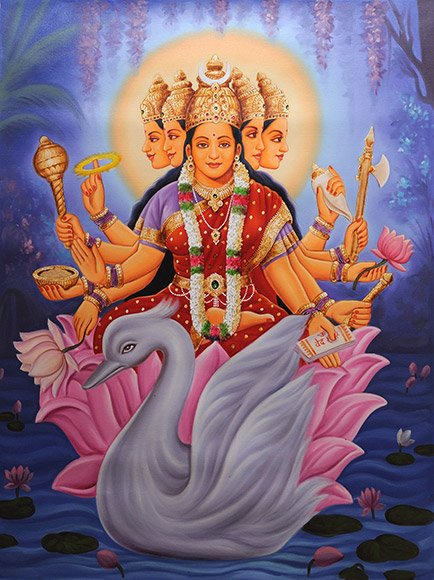Damodara-mishra, Dāmodara-miśra: 4 definitions
Introduction:
Damodara-mishra means something in Hinduism, Sanskrit. If you want to know the exact meaning, history, etymology or English translation of this term then check out the descriptions on this page. Add your comment or reference to a book if you want to contribute to this summary article.
The Sanskrit term Dāmodara-miśra can be transliterated into English as Damodara-misra or Damodara-mishra, using the IAST transliteration scheme (?).
In Hinduism
Chandas (prosody, study of Sanskrit metres)
Source: Shodhganga: a concise history of Sanskrit Chanda literatureDāmodara-miśra (दामोदर-मिश्र) or Dāmodaramiśra (C. 1501-1600 C.E.), author of Vāṇībhūṣaṇa was a native of Mithilā. He belongs to the family of Dīrghaghoṣa. He mentions his nativity in the colophon of Vāṇībhūṣaṇa (our concerned work). He also invokes about his family background in the fourth verse of the first chapter.

Chandas (छन्दस्) refers to Sanskrit prosody and represents one of the six Vedangas (auxiliary disciplines belonging to the study of the Vedas). The science of prosody (chandas-shastra) focusses on the study of the poetic meters such as the commonly known twenty-six metres mentioned by Pingalas.
Languages of India and abroad
Sanskrit dictionary
Source: Cologne Digital Sanskrit Dictionaries: Cappeller Sanskrit-English DictionaryDāmodaramiśra (दामोदरमिश्र).—[masculine] names of poets.
Source: Cologne Digital Sanskrit Dictionaries: Monier-Williams Sanskrit-English DictionaryDāmodaramiśra (दामोदरमिश्र):—[=dāmodara-miśra] [from dāmodara > dāma > dā] m. Name of author of one recension of the Hanūman-nāṭaka
[Sanskrit to German]
Sanskrit, also spelled संस्कृतम् (saṃskṛtam), is an ancient language of India commonly seen as the grandmother of the Indo-European language family (even English!). Closely allied with Prakrit and Pali, Sanskrit is more exhaustive in both grammar and terms and has the most extensive collection of literature in the world, greatly surpassing its sister-languages Greek and Latin.
See also (Relevant definitions)
Partial matches: Mishra, Damodara.
Full-text: Damodara mishra, Gauravadipani, Hemantasimha, Chandograntha, Ragini, Indian music, Kiratarjuniya.
Relevant text
Search found 4 books and stories containing Damodara-mishra, Dāmodaramiśra, Damodara-misra, Dāmodara-miśra, Damodaramisra, Damodaramishra; (plurals include: mishras, Dāmodaramiśras, misras, miśras, Damodaramisras, Damodaramishras). You can also click to the full overview containing English textual excerpts. Below are direct links for the most relevant articles:
Hanuman Nataka (critical study) (by Nurima Yeasmin)
1. Influence of Śrī Dāmodara Miśra on other Poets < [Chapter 6]
2. Influence of other Poets upon Śrī Dāmodara Miśra < [Chapter 6]
Kuntaka’s evaluation of Sanskrit literature (by Nikitha. M)
13. Mahānāṭaka in Kuntaka’s treatment < [Chapter 4 - Kuntaka’s evaluation of Sanskrit Plays of other Poets]
Vishnudharmottara Purana (Art and Architecture) (by Bhagyashree Sarma)
2. Origin and Development of Indian Music < [Chapter 2 - Music]
Dramaturgy in the Venisamhara (by Debi Prasad Namasudra)
Vṛttas (syllabic metres) < [Chapter 4 - Dramaturgy in Veṇīsaṃhāra]